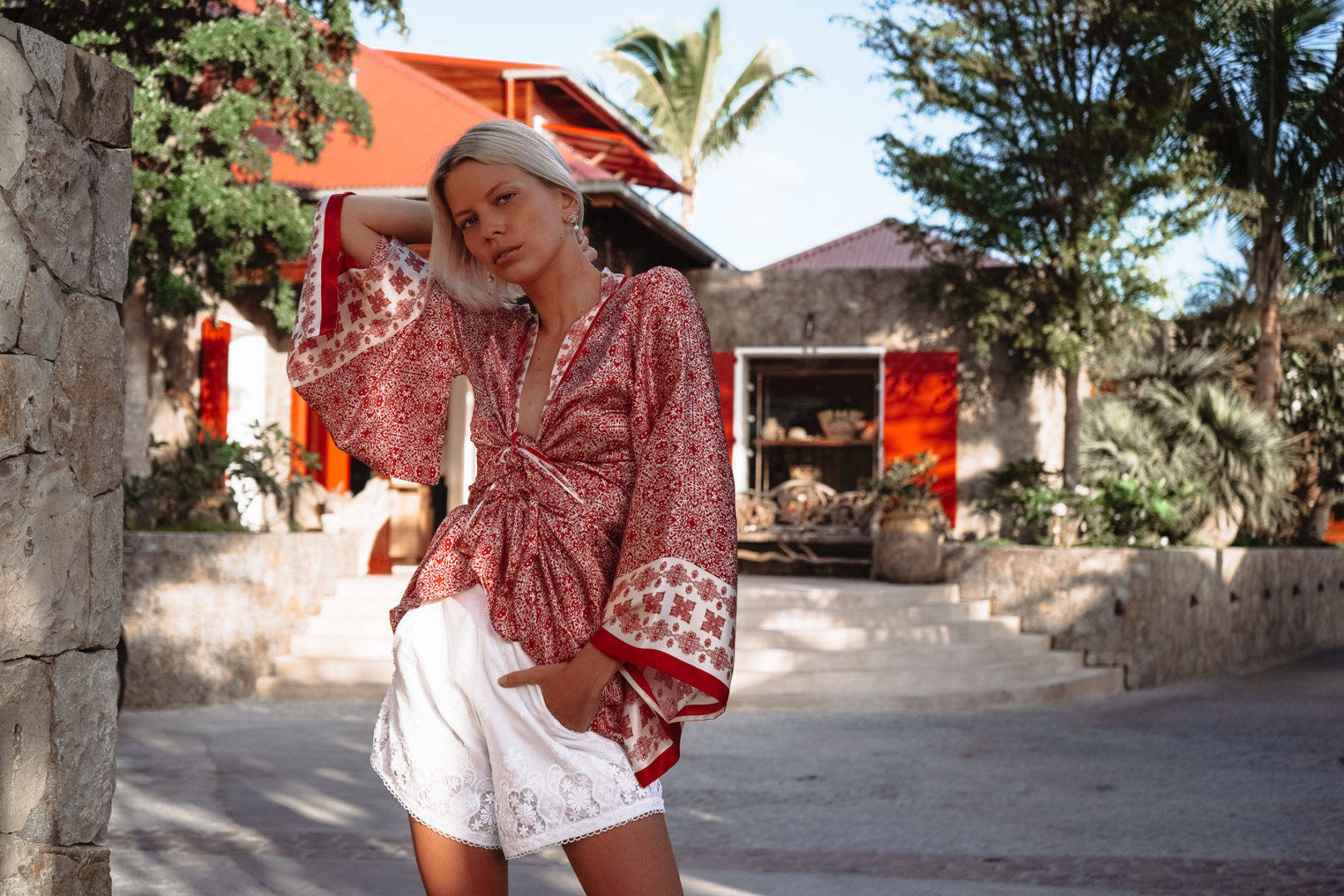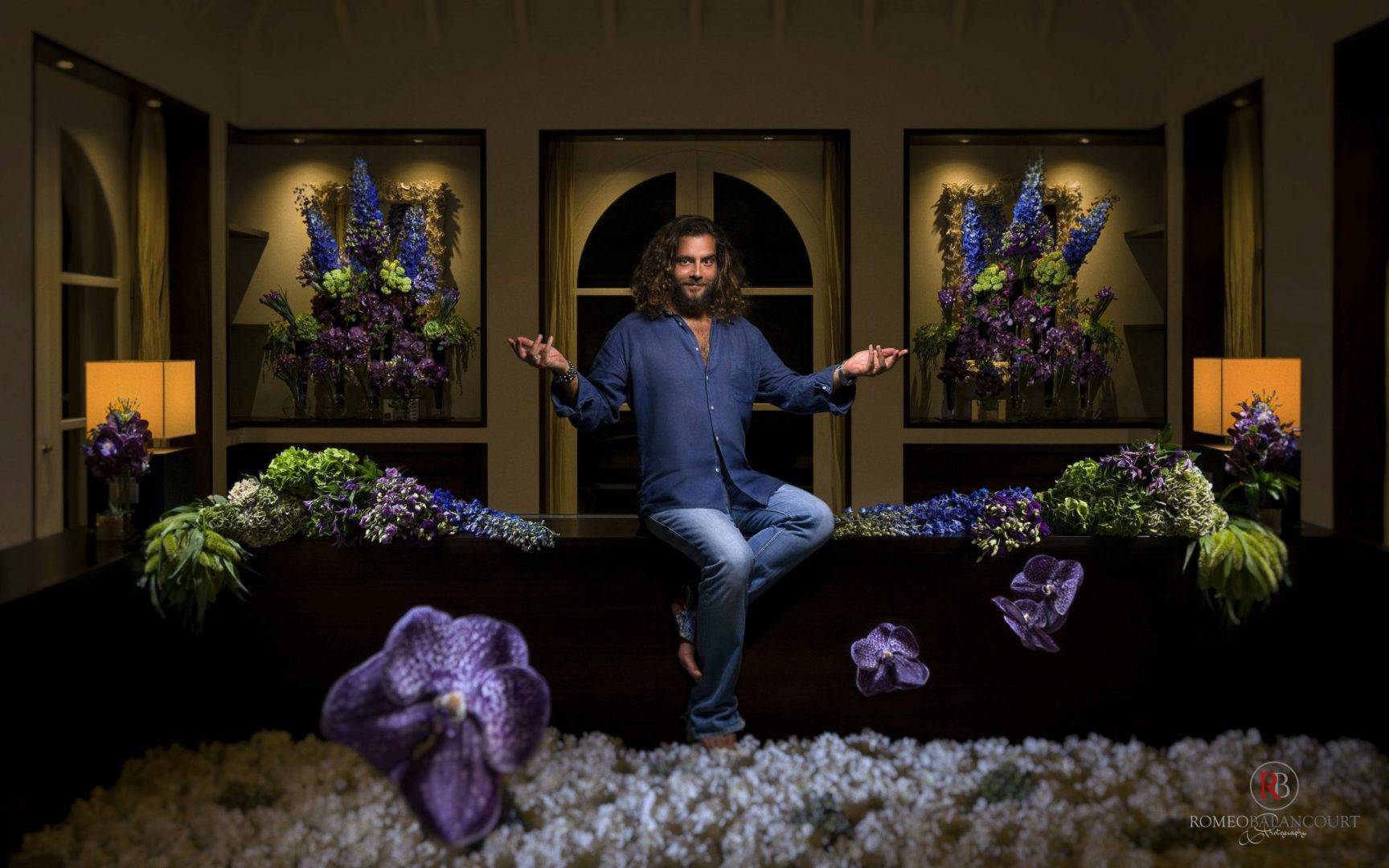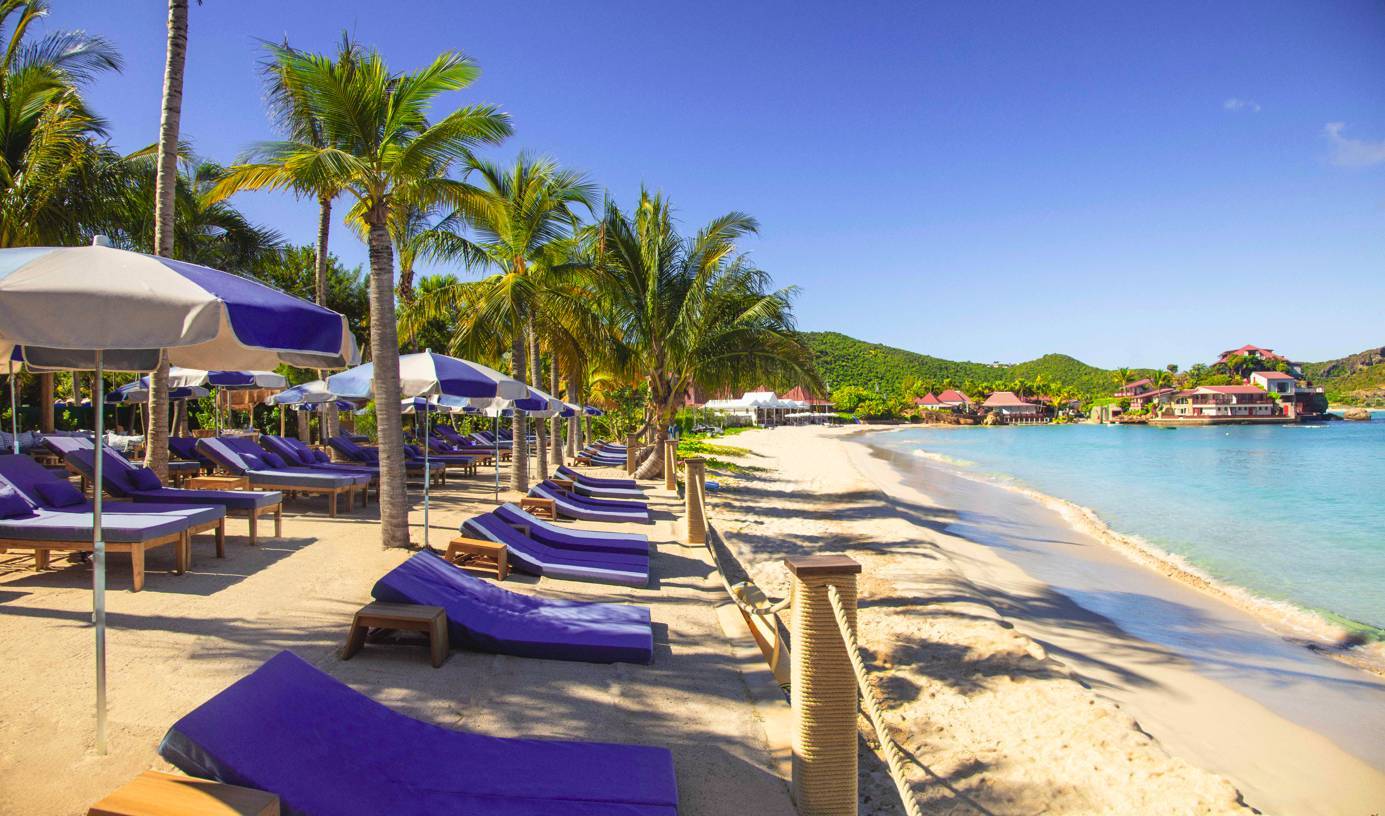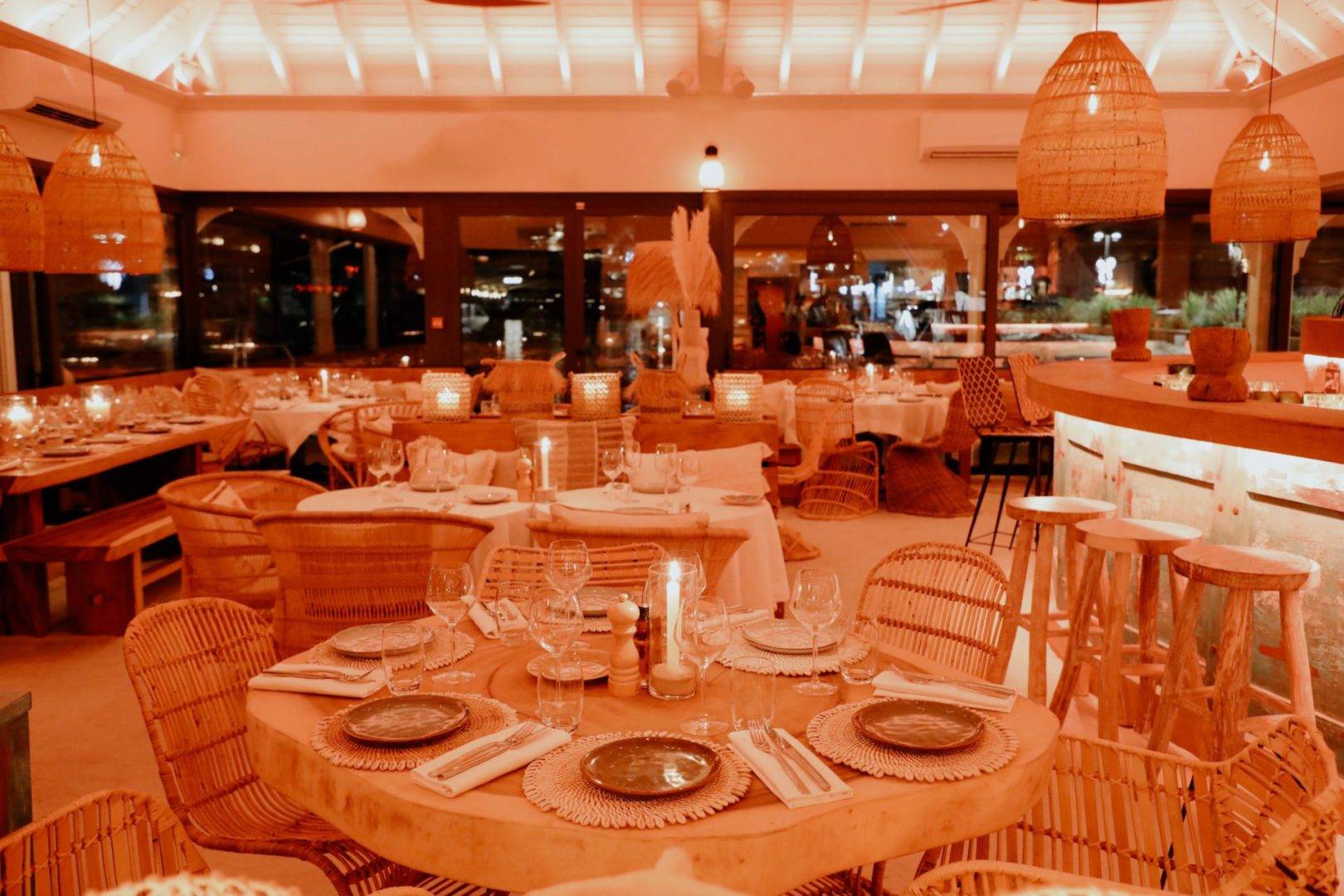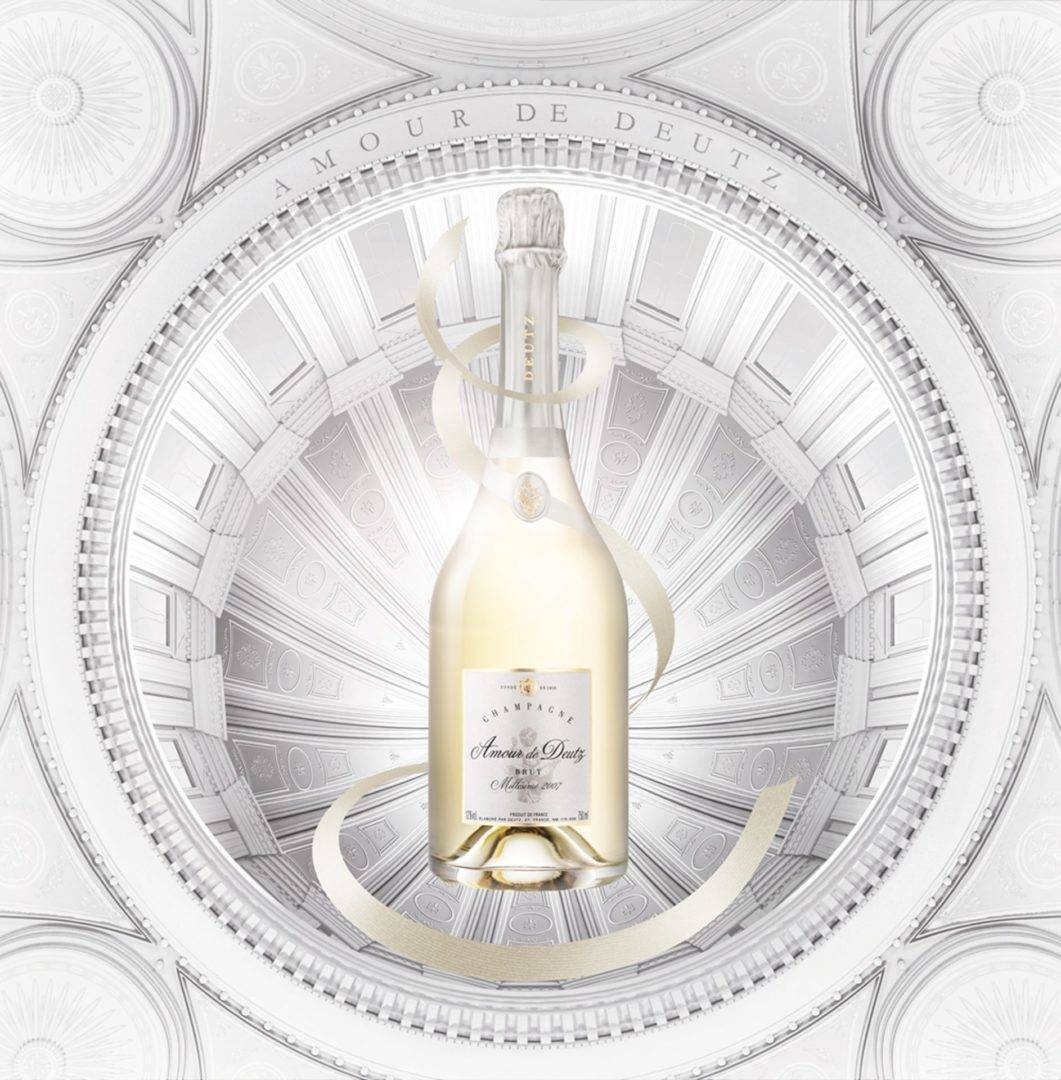Can you tell us a little more about the profession of an artisanal coffee roaster?
Artisanal roasting is a technique used by a master roaster. The process consists of grilling the beans in a uniform manner without burning them and allowing the aromas to be fully developed. Our desire is to highlight the specific attributes of each kind of coffee as much as possible. The passage from green coffee to roasted coffee is very meticulous and requires numerous controls and adjustments.
What are the steps in roasting coffee?
We would never give away the secrets of how we roast our unique coffee! But I can tell you that the average temperature is 231.5°C and the process lasts about 20 minutes. This is in contrast to commercial roasting where the coffee is heated to about 800°C for 90 seconds, but the aromas and flavors do not have the time to develop and the beans are often completely burnt.
Where does your coffee come from and how do you choose it?
We exclusively use specialty coffees, the very best in the coffee family. This superior-quality coffee must meet the world’s highest standards, from growing methods to distribution. To be labeled a specialty coffee, it must have a minimum rating of 80/100 points according to the criteria of the Specialty Coffee Association of America (SCAA).
What is traceability? Are you in direct contact with local producers?
A specialty coffee should be 100% traceable, from the farm where the beans are harvested all the way through the distribution to customers. It is cultivated in specific zones, on small plots of land that meet the precise geographic and climatic conditions that create coffees with unique flavor.
We lived more than 12 years in Central America, which allowed us to establish personal relationships with the coffee producers.
How is coffee grown?
The specialty coffees are cultivated at high altitudes, starting at 4,593 feet (1,400 meters). The altitude allows the coffee plants to generate beans that are very dense and have a rich, complex taste. Once they are harvested, the beans are dried or washed according to precise methods that allow specific aromas to develop.
How many kinds of coffee do you sell?
That depends. We follow the harvests, so Ethiopian coffee is not harvested at the same time as the coffee in Central America or Indonesia. It depends on the season, the exposure, and the maturity of the fruit. We offer primarily fair-trade, organic coffee.
Our coffee is sold ground or as beans, and roasted in terms of different tastes and the extracting process used. In a way, we produce custom coffee.
How can you tell if you are choosing good coffee?
The best
How can you tell is a coffee is good for drinking?
Coffee should be drunk like good wine. When tasting it, you should judge the color (equivalent to the robe of a wine), the direct aroma (the bouquet) using the nasal passages, as well as the flavors, the persistence, and all of the overall perceived sensations. When one speaks of the taste profile, it’s the sensory attributes of the taste and aroma.
What are the principal criteria for drinking coffee?
Bitterness: Desired up to a certain point, this recalls the characteristic taste of grapefruit rind or dark chocolate. This is sensed in the back of the mouth.
Acidity: This creates a light sensation of something slightly sour, like a lemon, and differs from a bitter or sharp taste. This is an important element in the balance of a brew.
Aromas: This is the ensemble of sensations analyzed by the nose (and the pharynx) to determine the olfactory notes of the coffee (caramelized, fruity, chocolaty, floral…).
Roundness: This reflects the general balance of the aromas.
Body: This refers to the “thickness” of the coffee in your mouth, and is based on the viscosity and strength of the brew.
Finale: This is how long the aroma and flavors remain on the palate after swallowing the coffee.
What advice can you give us for the conservation, preparation, and tasting of your coffee?
Coffee is a demanding, sensitive product that should be protected against the loss of its aroma.
Our coffees are packaged in multi-layer bags immediately after roasting, in order to avoid all oxidation and to guarantee perfect conservation of the aromas. The packet protects the coffee from humidity, oxygen, and light.
There are many ways to prepare coffee for drinking, and the way the beans are ground, the temperature, and the water quality are important to success.
Why is one coffee more expensive than another?
The prices of our specialty coffee depend on their quality. They are all rated above 80/100 during taste tests conducted by the experts at the Specialty Coffee Association of America as opposed to mass-market coffee, so the prices vary in terms of supply and demand. Specialty coffee sells for approximately three times more than ordinary coffee, and can reach very high prices in certain cases. Jamaican Blue Mountain and Kopi Luwak from Indonesia are among the most expensive coffees in the world.
Price: Starting at 8€ per bag


